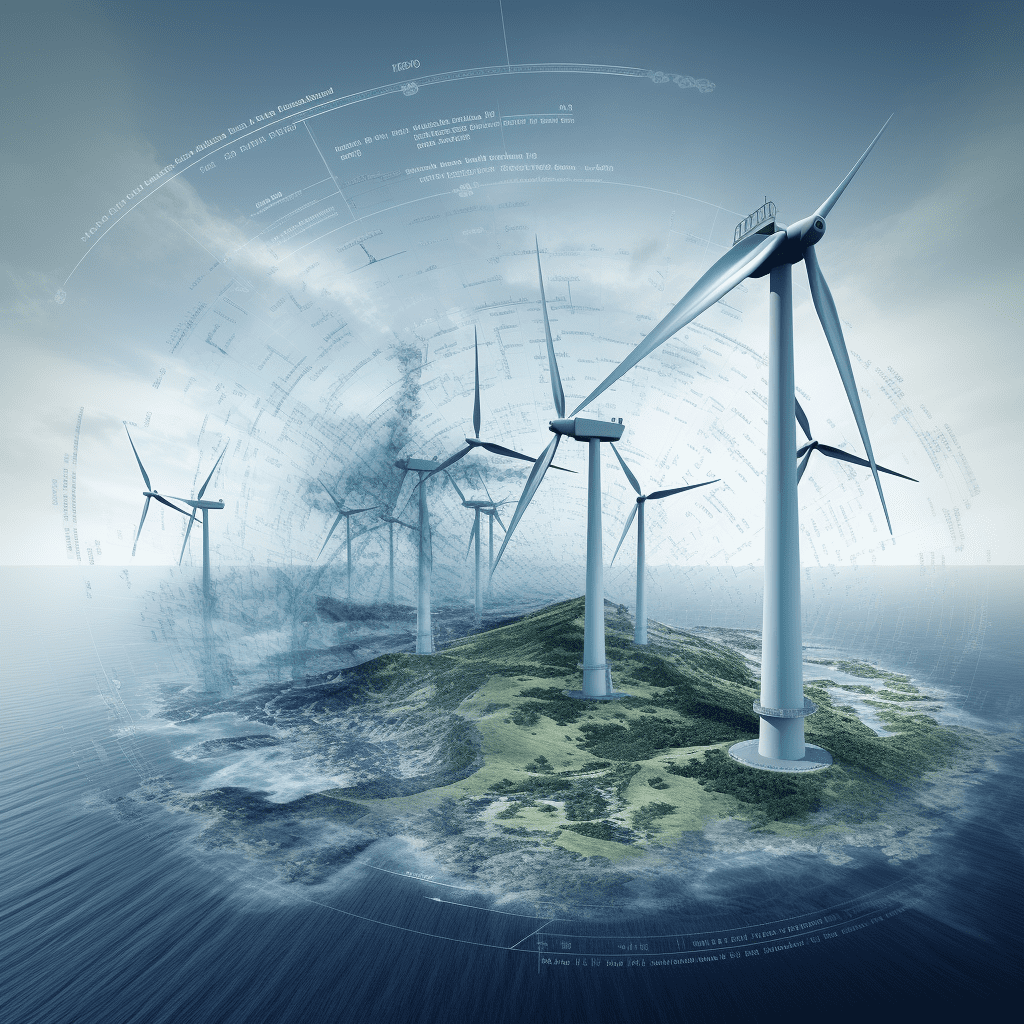Montenegro is standing at a crucial crossroad in its energy market, aiming to diversify its energy sources, reduce its reliance on imported fossil fuels, and transition to a more sustainable and eco-friendly energy mix. With a small population and economy, Montenegro has historically depended heavily on hydroelectric power and imported fossil fuels. However, the country is now exploring various scenarios that could reshape its energy landscape and contribute to regional energy security.

#post_seo_title
One of the main drivers behind Montenegro’s push for diversified energy sources is the need to reduce its dependence on imported fossil fuels, particularly natural gas and oil. Currently, Montenegro imports almost all of its natural gas and oil needs, which exposes the country to price fluctuations and supply disruptions. By developing alternative energy sources, Montenegro can reduce its vulnerability to external shocks and enhance its energy security.
In recent years, Montenegro has made significant progress in developing its renewable energy sector, particularly in wind and solar power. The country’s first wind farm, the Krnovo Wind Farm with a capacity of 72 MW, began operations in 2017. This was followed by the inauguration of the Mozura Wind Park, a 46 MW wind farm in 2019. These projects have increased the share of renewable energy in Montenegro’s energy mix and demonstrate the country’s commitment to clean energy development.
Besides wind power, Montenegro has also been exploring the potential of solar energy. In 2020, the government signed a contract with Finnish energy company Fortum to construct a 50 MW solar power plant in the southern region of the country. This project, expected to be completed by 2023, will be Montenegro’s first large-scale solar power plant and will contribute to the country’s goal of increasing the share of renewable energy in its energy mix.
Regional cooperation and integration are also crucial elements of Montenegro’s energy future. The country has been actively participating in regional energy initiatives such as the Energy Community, which aims to create a unified energy market in Southeast Europe. Montenegro is also working on strengthening its energy ties with neighboring countries like Albania and Serbia through cross-border energy projects and infrastructure development.
A notable example of regional energy cooperation is the Trans-Balkan Electricity Corridor, a project that seeks to establish a regional electricity transmission network connecting Montenegro, Serbia, Bosnia and Herzegovina, and Romania. Montenegro’s section of the corridor, including a 400 kV transmission line connecting the country to Serbia and Bosnia and Herzegovina, was completed in 2020. This project is expected to enhance regional energy security and facilitate the integration of renewable energy sources into the regional grid.
While Montenegro aims to achieve its energy goals, it faces several challenges due to its small size and limited resources. To develop its energy sector, Montenegro needs to rely on external investment and partnerships. Additionally, the country must find a balance between its desire for energy independence, environmental sustainability, and regional cooperation.
In conclusion, Montenegro’s energy market is at a crucial turning point as the country strives to diversify its energy sources, reduce its reliance on imported fossil fuels, and transition towards a more sustainable and eco-friendly energy mix. By investing in renewable energy projects, strengthening regional energy ties, and promoting cross-border cooperation, Montenegro can play a significant role in shaping a secure and sustainable energy future for itself and the wider region.


